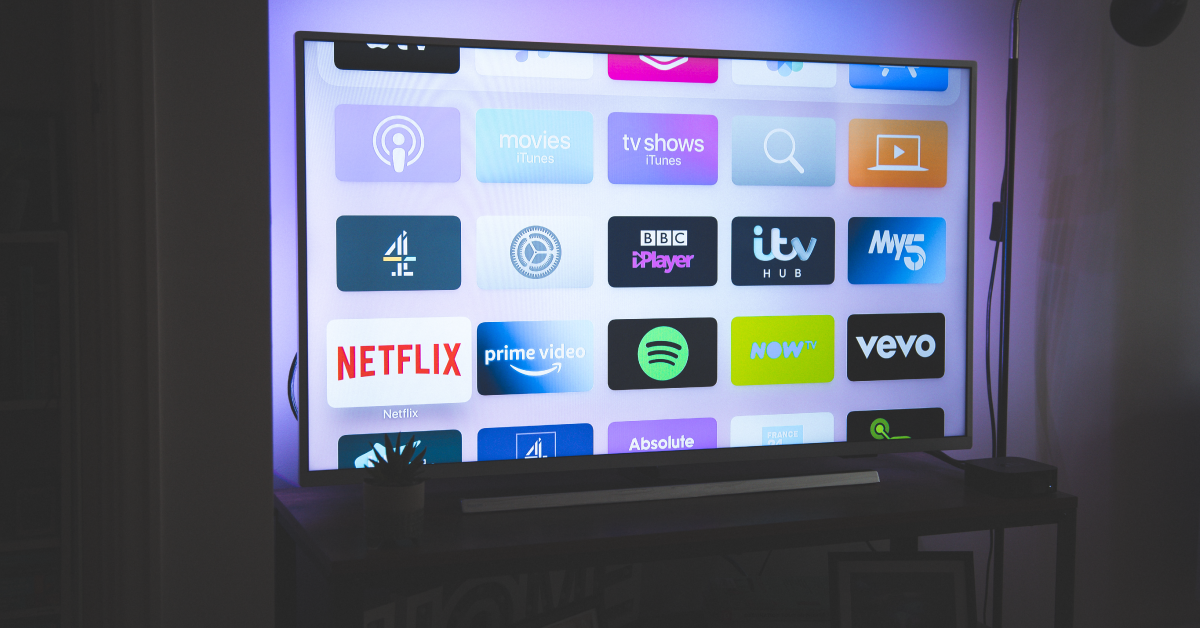In a world full of choice, audiences expect your service to know exactly what they want to watch. With personalization, there is the opportunity to create a seamless bespoke customer experience for your users. However, if you’re only serving them recommendations, you might be losing some loyal customers. Just 3 in 10 people say that the recommendations given to them by providers are relevant. The consumer now assumes that an experience is going to be a personalized one; 71% expect personalized interactions. They hope that the service knows them and what they want to watch, or they are more likely to churn.
Personalization Goes Further
Recommendations are a form of personalization, but personalization is so much more than a recommendation. It’s now no longer good enough to make generic recommendations with the content you want to push out. Media and entertainment companies must speak to the end-user more, so their customer journey feels unique and special to them. But how can you do that?
Why is Personalization Better?
In 2021, a PwC survey found that 31% said that personalized content recommendations would be the reason to stay with a streaming service. Not just recommendations, content suggestions that are being displayed because they have previously watched a certain asset or made a particular interaction. In the current digital world, viewers assume services they use to know them and understand their likes and dislikes, making users feel valued and special and becoming loyal customers.
One of the main issues within the OTT industry is the burden of choice and how people feel they are wasting their precious time searching for something to watch. Most viewers have their own profiles set up and hope for the ‘Spotify Experience’, where users get automated playlists based on their behavior. 96% of viewers have reported that they would use a personalized channel if it was offered by broadcasters. By eliminating the element of choice, consumers feel they are getting more value from their service as their time is not wasted.
Yes, content is king, but it’s not just about what viewers want to watch. It’s the when and how. Right time, right device. Something that is not possible with recommendations alone. Personalization is about knowing your users as a whole, what mood they are in at certain times of the day, such as news in the morning, series in the evening, or using their mobile on the morning commute and their Smart TV in the evening.
Most platforms track users’ behavior as a basis of their content suggestions; however, are you just basing it on implicit actions such as what they’re watching, skipping or searching for? Or are you using other data, such as their ratings on certain assets, which is explicit behavior? As viewers’ patience is wearing thinner, they expect an immediate reaction, so if they have just disliked a horror film, they will not want to be recommended a film of the same genre by the same director.
If and when personalization is done right, services will reap the rewards such as increased viewer engagement and satisfaction, which helps to reduce the likelihood of churn. According to Mckinsey, companies that excel at personalization generate 40% more revenue than their peers.
Personalized Experiences for Media Services
Companies make the mistake of using recommendations alone, which are usually too generic and don’t resonate with different audiences, and some may feel like they are irrelevant. Utilizing the metadata, user interactions and other data, service providers, can give more accurate content suggestions than just recommendations. For example, just because someone watched Saving Mr. Banks with Tom Hanks doesn’t mean they will want to watch Captain Phillips.
Streaming, broadcaster and operator services need to go beyond the content suggestions and pay attention to consumers’ desires as well as their behaviors. Grouping assets together into certain categories more than just genres, such as mood. According to a PwC survey, 74% of people said they want content given to them based on their mood.
Mood is just one way, here are a few other examples of putting personalization to good use:
- Local content – display content that is popular in local areas or if it was set or even produced in the local region or country.
- Time of the day – suggest content based on your viewers’ schedule. If your service knows a user is turning on their TV at 9:00PM but if you usually turn it off at 10:30PM, it will not show them content that is longer than an hour and a half.
- Device – depending on which device your users log on with, it does depend on what content they want to watch.
- Interactions – generate suggestions for users to watch based on their activity within the service or app.
- Universal search – provide results relevant to their preferences and interactions, allow your audience to search across apps to find what they are looking for.
- Interests – learn your viewers’ interest and display content that includes or is based around interests such as sports. According to a survey 89% of respondents would be interested in watching TV content aimed at their personal interests.
- Continue watching – this is the most basic feature that most services have, right? However, what about if you could be smarter than that? A system that knows that when a viewer wants to watch the next episodes of the news, it means the latest, not last weeks, or when their show has new episodes, it’s automatically added to the rail they see first.
- Intelligent pages – create whole pages and channels that are dedicated to personalized suggestions for your audience.
How to Get Personalization Right
With XroadMedia, there is no such thing as too much choice. Our AI and cloud-based solution offers precise personalization based on deep insights into your consumers’ behavior in real-time. With one single API call, our solution can create advanced personalization for multiple rows and entire pages, offering tailored viewing preferences based on factors such as similarity, mood, length of content, time of the day, device, location and more. Offer explanations to your end-users about why they are being shown certain suggestions. By making use of our tools, you can maximize content navigation and apply your own business rules to make sure KPIs, such as more plays or reducing the time from opening your service to the first consumption, are improved.
At XroadMedia, everything is personal. From user experience to business goals and marketing to user management, they can all be made relevant for individual users, user segments and audiences. Innovative personalization and content discovery are central to what XroadMedia offers, which allows media companies to drive their growth by increasing their user engagement, revenues and more.
If you want to know more about how our hyper-personalized solution could help you and your business, get in touch with our team.





